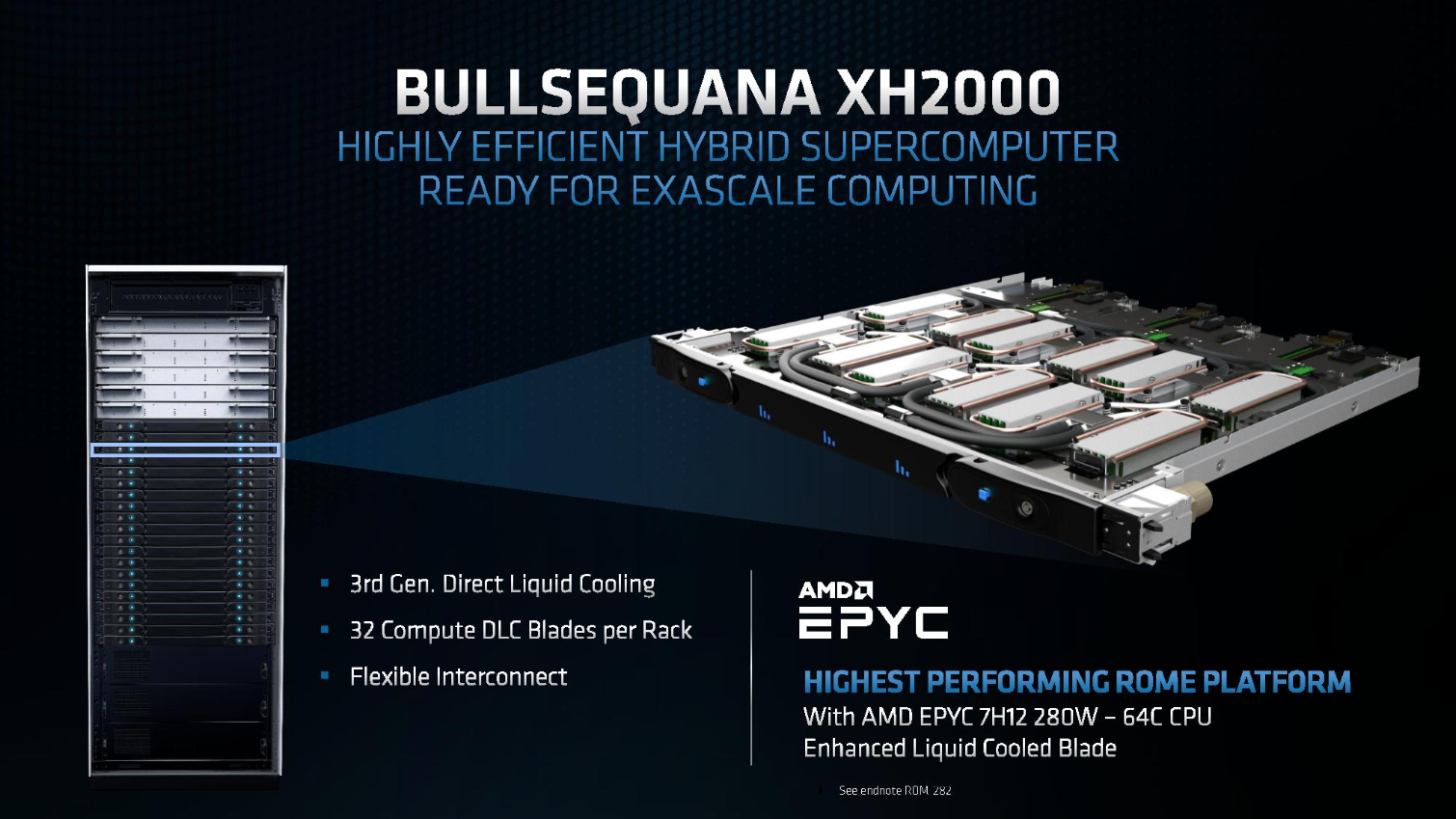AMD Announces EPYC 7H12 Processor, 64C/128T 280W TDP and New Server Platforms
AMD held its European launch in Rome, Italy of its new EPYC processors. Along with announcing that the company's EPYC Rome data center processors have now attained 100 world records (and counting), the company also announced a slew of new OEM servers.
AMD also unveiled its EPYC 7H12, a 64-core 128-thread that boasts a beastly 280W thermal design power (TDP) envelope, which allows the processor to reach a 2.6 GHz base and 3.3 GHz max boost frequency, marking the highest performance of its Rome product stack.
| EPYC Rome SKUs | Cores / Threads | Base / Boost (GHz) | L3 Cache (MB) | TDP (W) | 1K Unit Price |
| 7H12 | 64 / 128 | 2.6 / 3.3 | 256* | 280 | ? |
| 7742 | 64 / 128 | 2.25 / 3.4 | 256 | 225 | $6,950 |
| 7702 | 64 / 128 | 2.0 / 3.35 | 256 | 200 | $6,450 |
AMD designed the new chip, which requires watercooling to extract the ultimate performance, for high performance computing (HPC) workloads. ATOS unveiled its new Bullsequana XH2000, a hybrid supercomputer designed for exascale-class supercomputers that supports the new 7H12 chips.
The system supports the EPYC 7H12, cooling it's 32 1U blades (per rack) with an advanced water cooling solution, and said that it provides up to 4.2 TFLOPS of performance per chip, making the 7H12 up to 11% faster than the current top-of-the-stack EPYC 7742 processor.
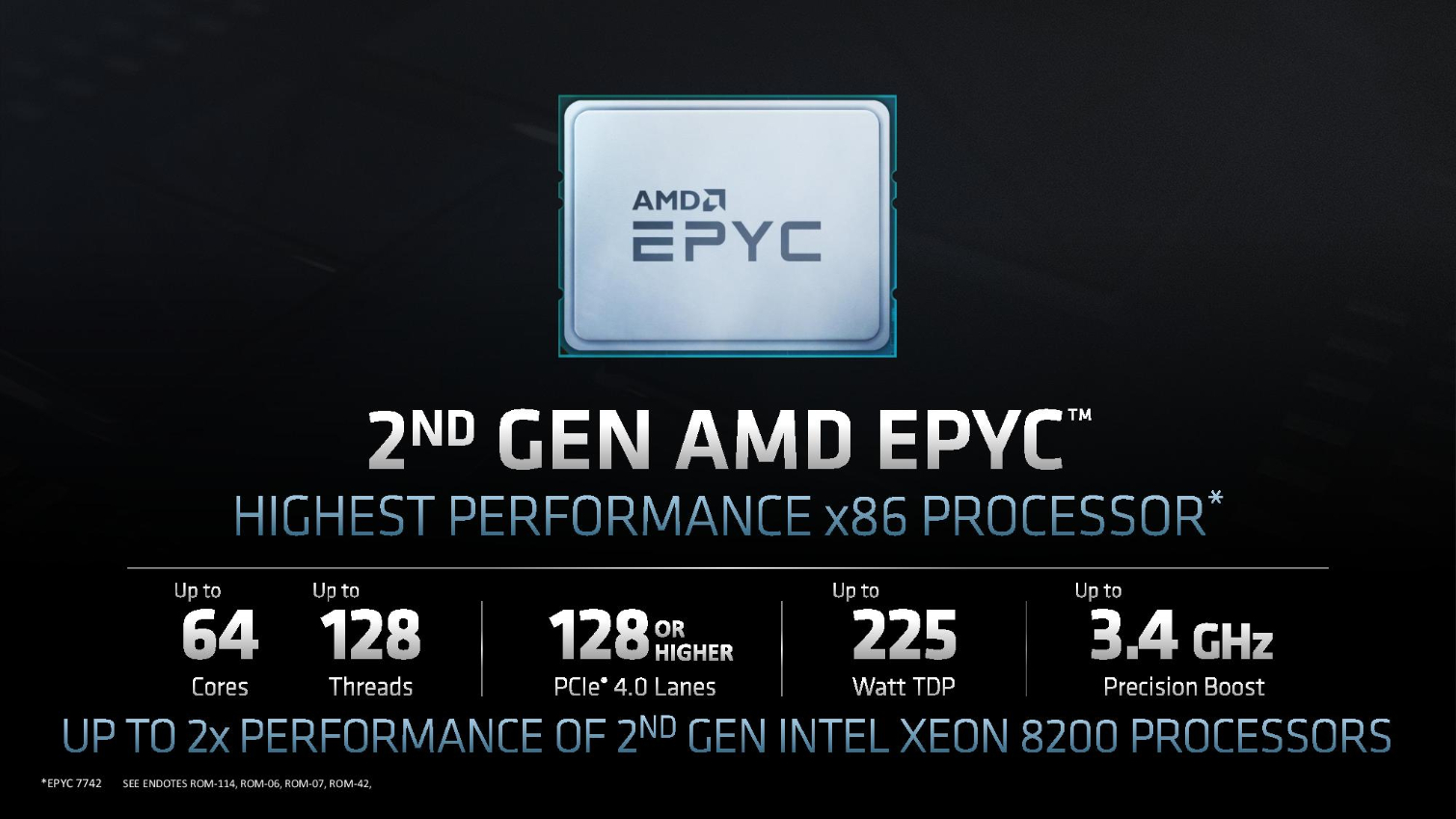

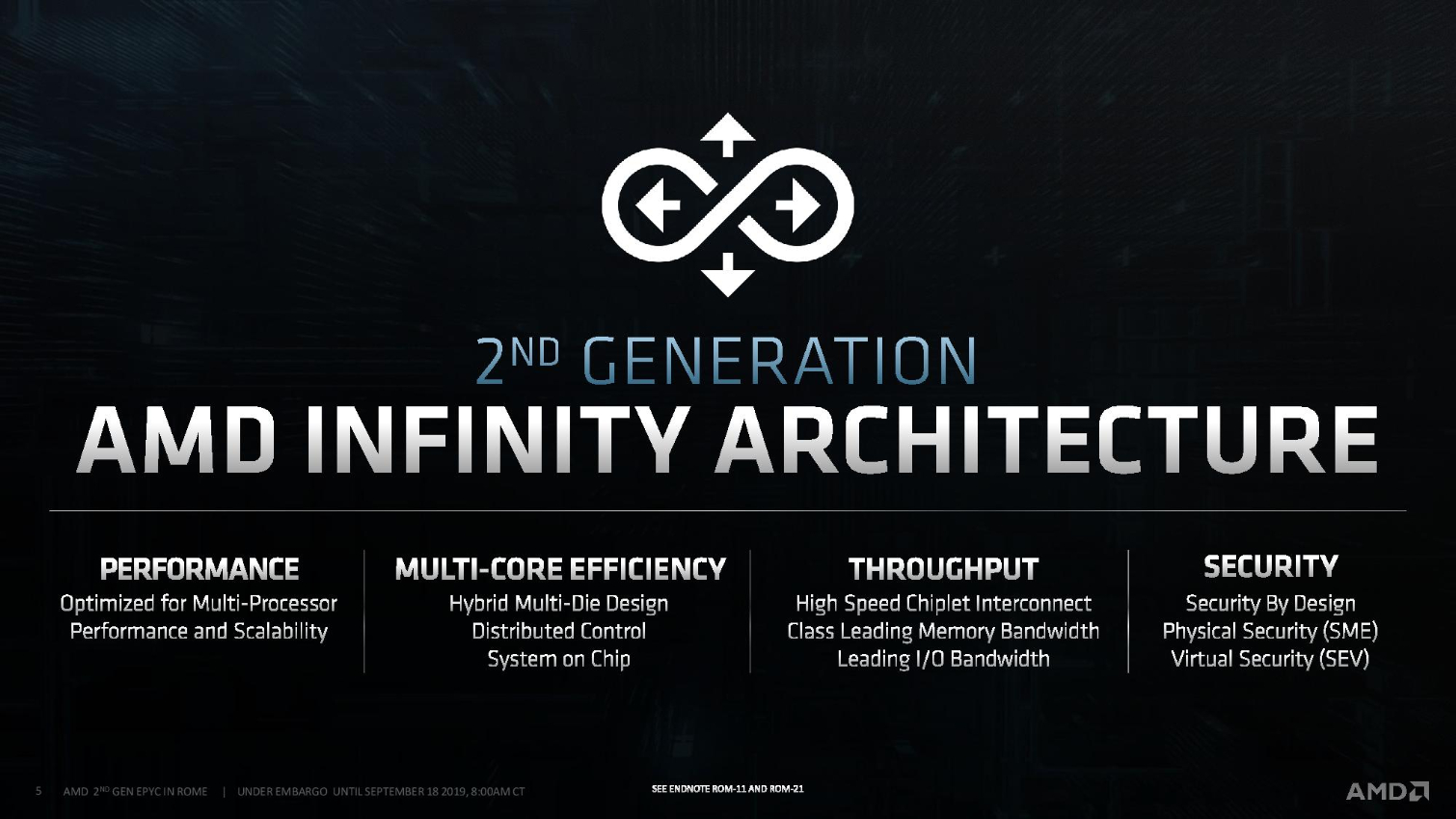

As a quick refresher, EPYC's 7nm process brings density advantages over Intel's 14nm, which equates to higher core counts. It also brings power reductions (albeit with a 12nm I/O die caveat) that lead to more work done per watt (a critical consideration in the data center), higher clock speeds, more cache, and ultra-competitive pricing. Pair that with inherent cost and yield advantages of a chiplet-based design, a revamped Zen 2 architecture that brings an ~15% uplift to instructions per cycle (IPC) throughput, a fast move to PCIe 4.0, and an industry-leading serving of memory channels and throughput for x86 processors, and EPYC is no longer seen as the Intel "alternative." Now it's perceived as the leader in terms of leading-edge features that attract the heavyweights of the industry, as evidenced by the explosive uptake of Rome in the HPC and supercomputing space.
But general purpose servers see the lion's share of volume shipments, so having a full stack of enterprise-class systems, with support for the latest software and backed by OEM service contracts, is important to assure broad uptake. AMD has been on a full court press working with the leaders of the server industry to assure that it has a broad and capable stack.
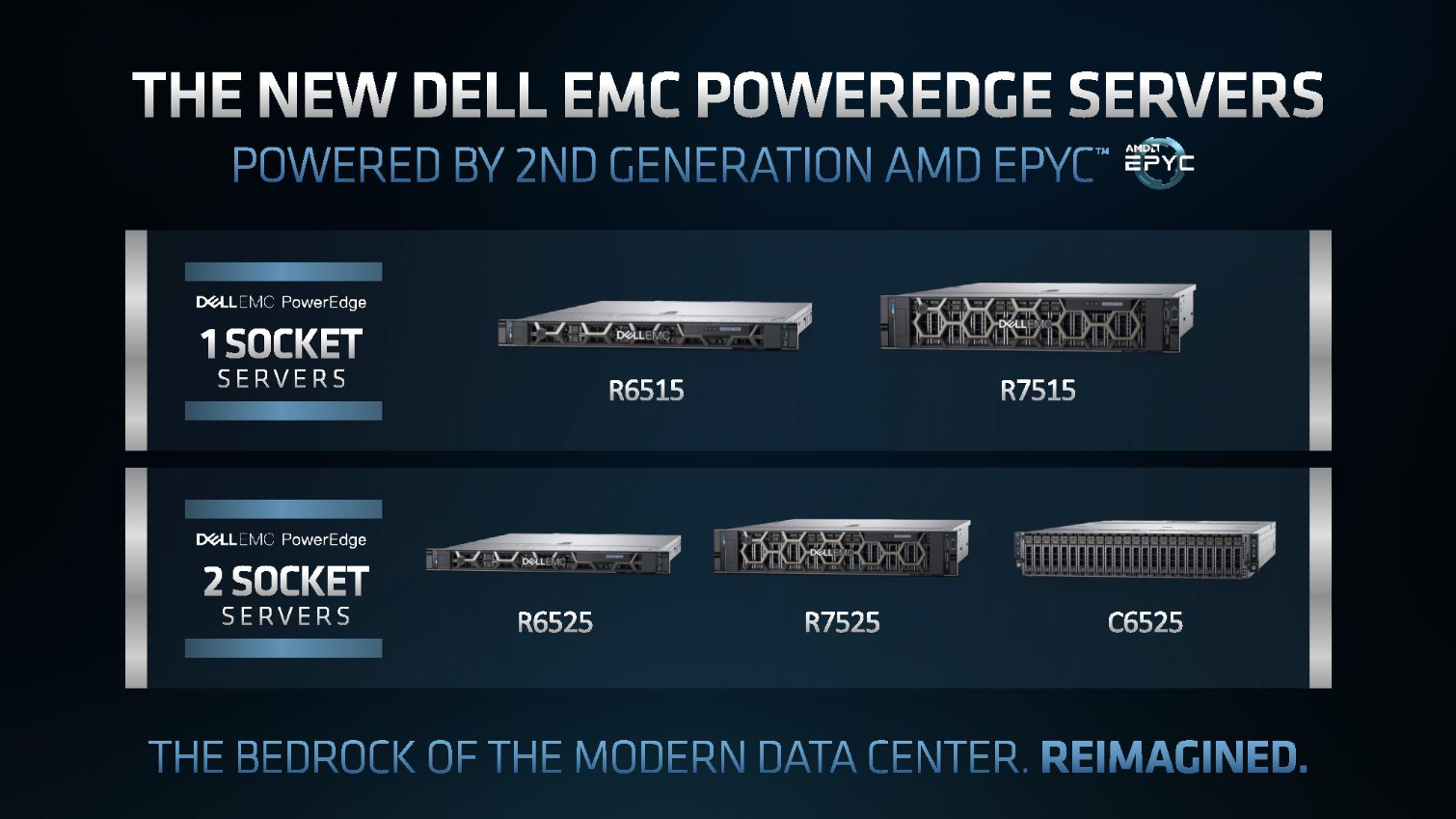

Dell EMC recently announced its full lineup of enterprise-grade servers in both ultra-dense single-socket servers, which is a considerable focal point for AMD because its servers offer far more cores than Intel's Xeons in this form factor, and dual-socket models. Dell EMC also used its PowerEdge R7515 to set a new TPCX-V world record, notching a 280% performance improvement over its previous-generation EPYC server.
Get Tom's Hardware's best news and in-depth reviews, straight to your inbox.

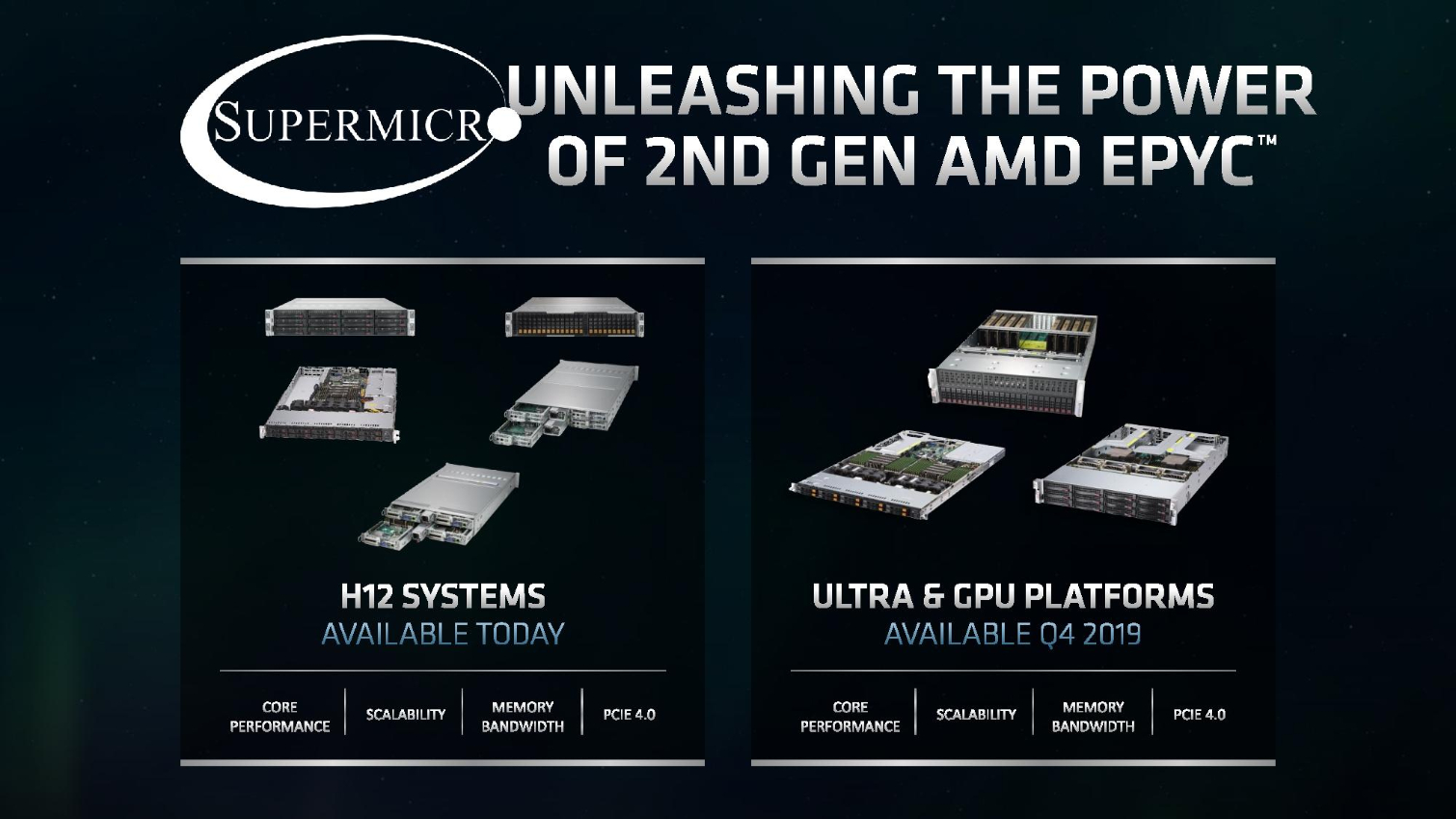
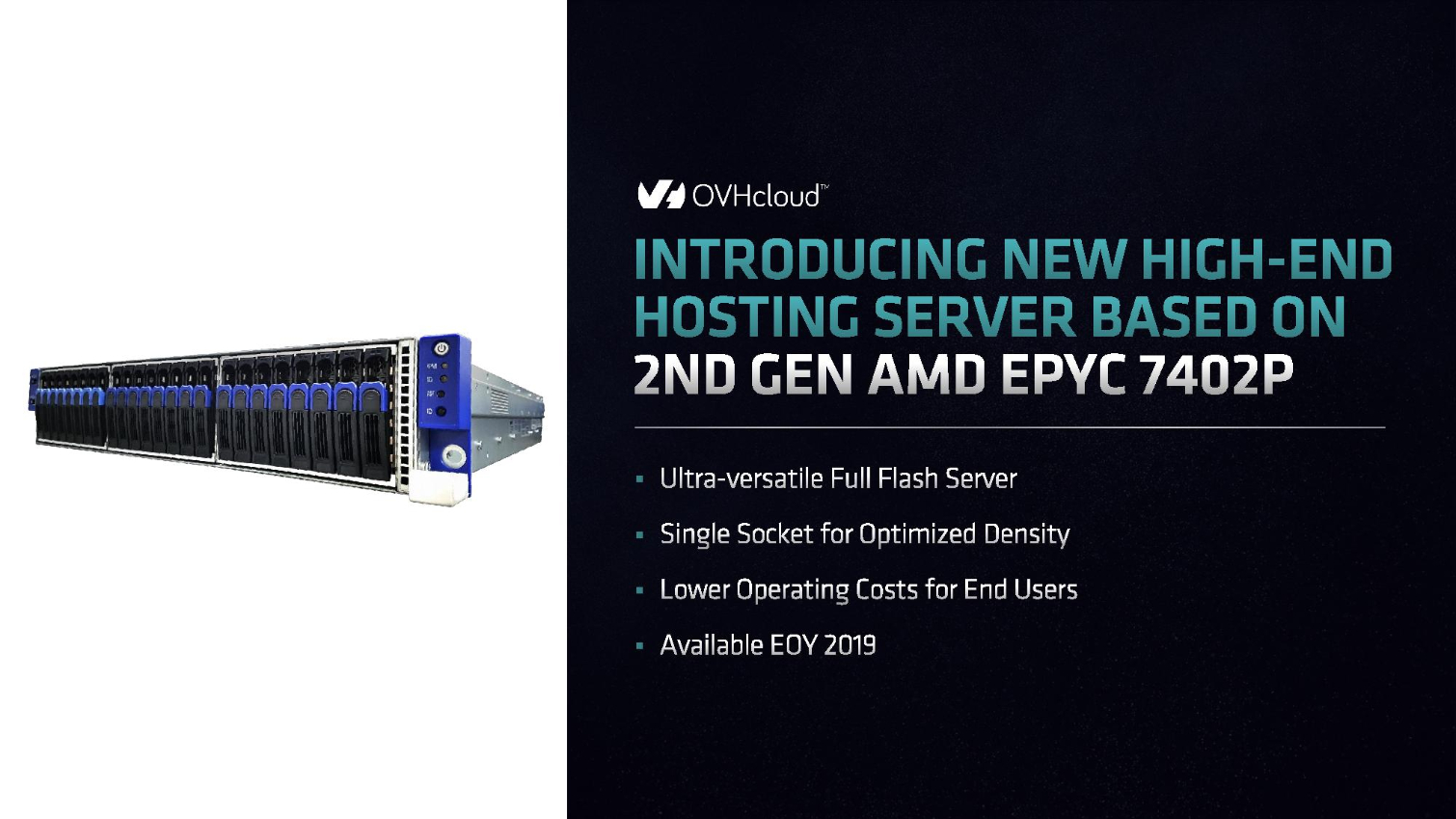

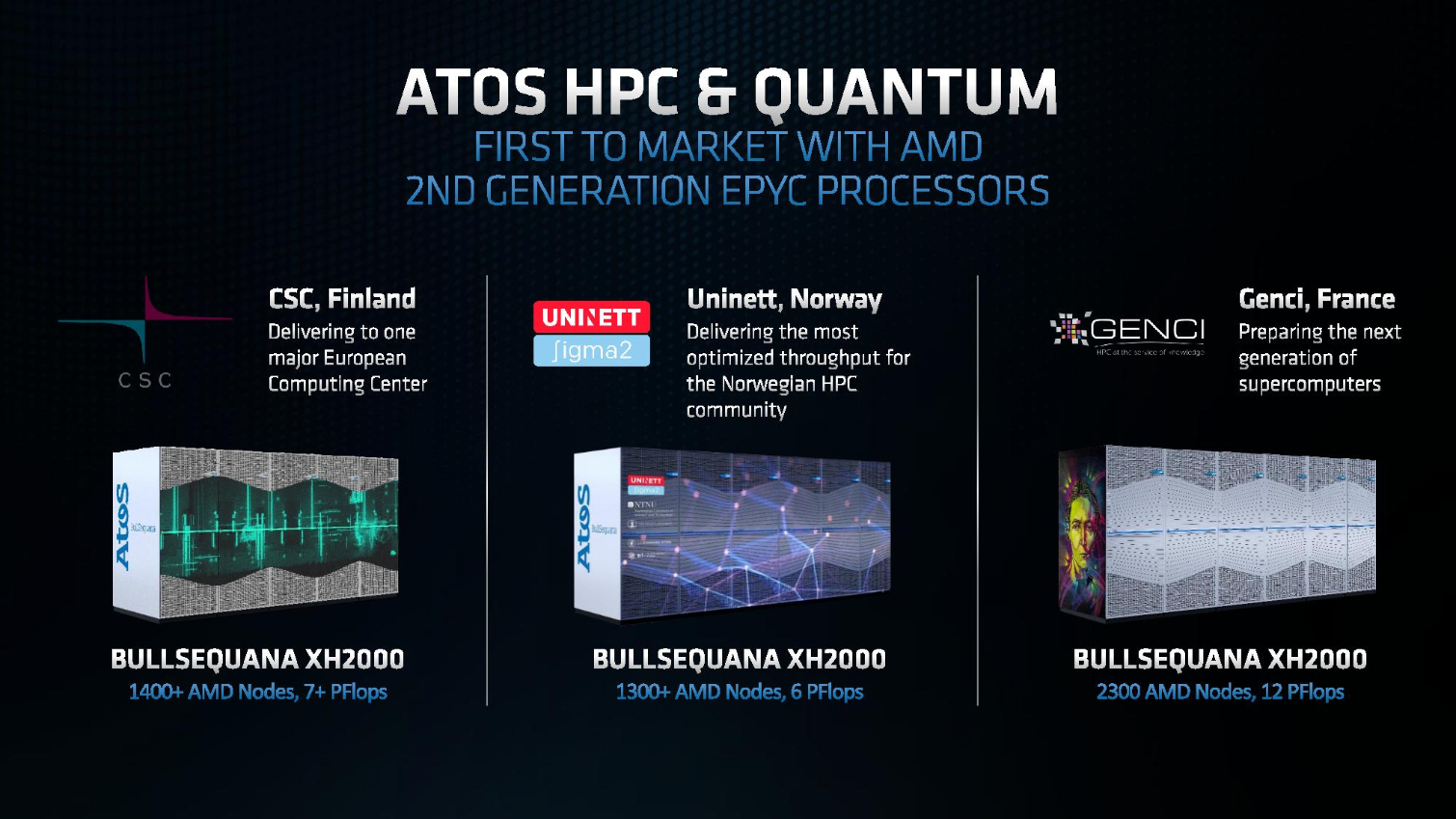
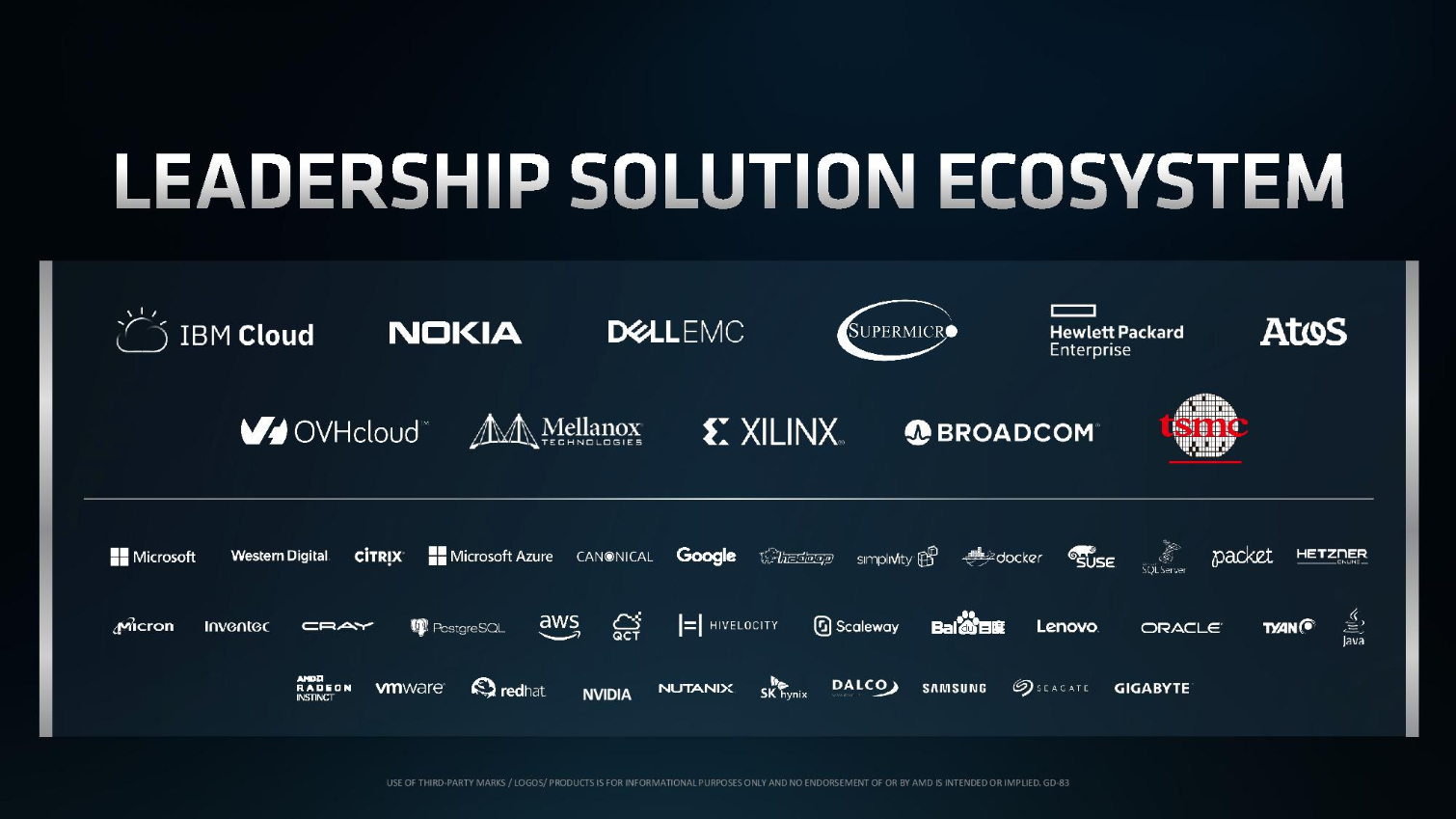
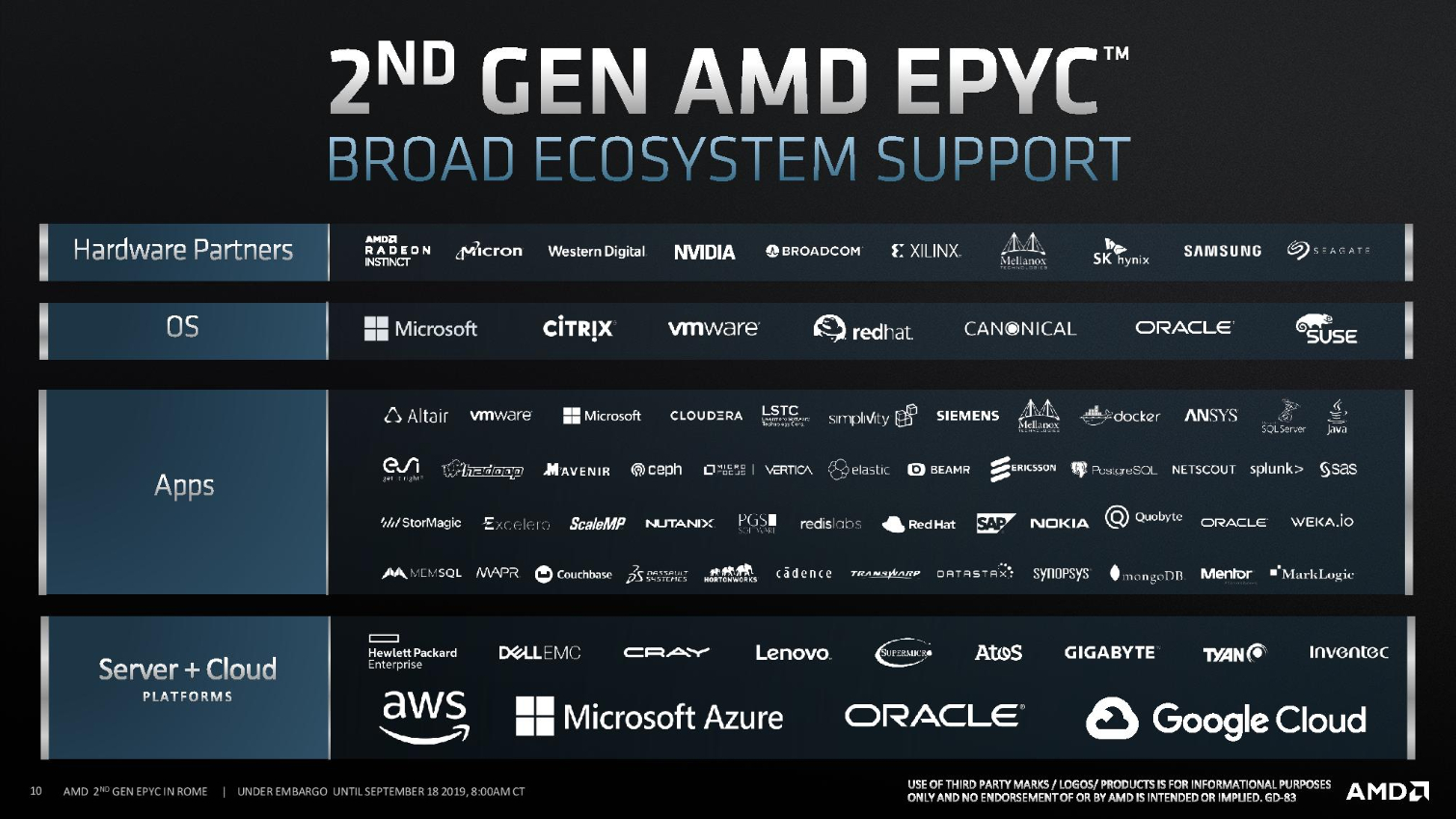
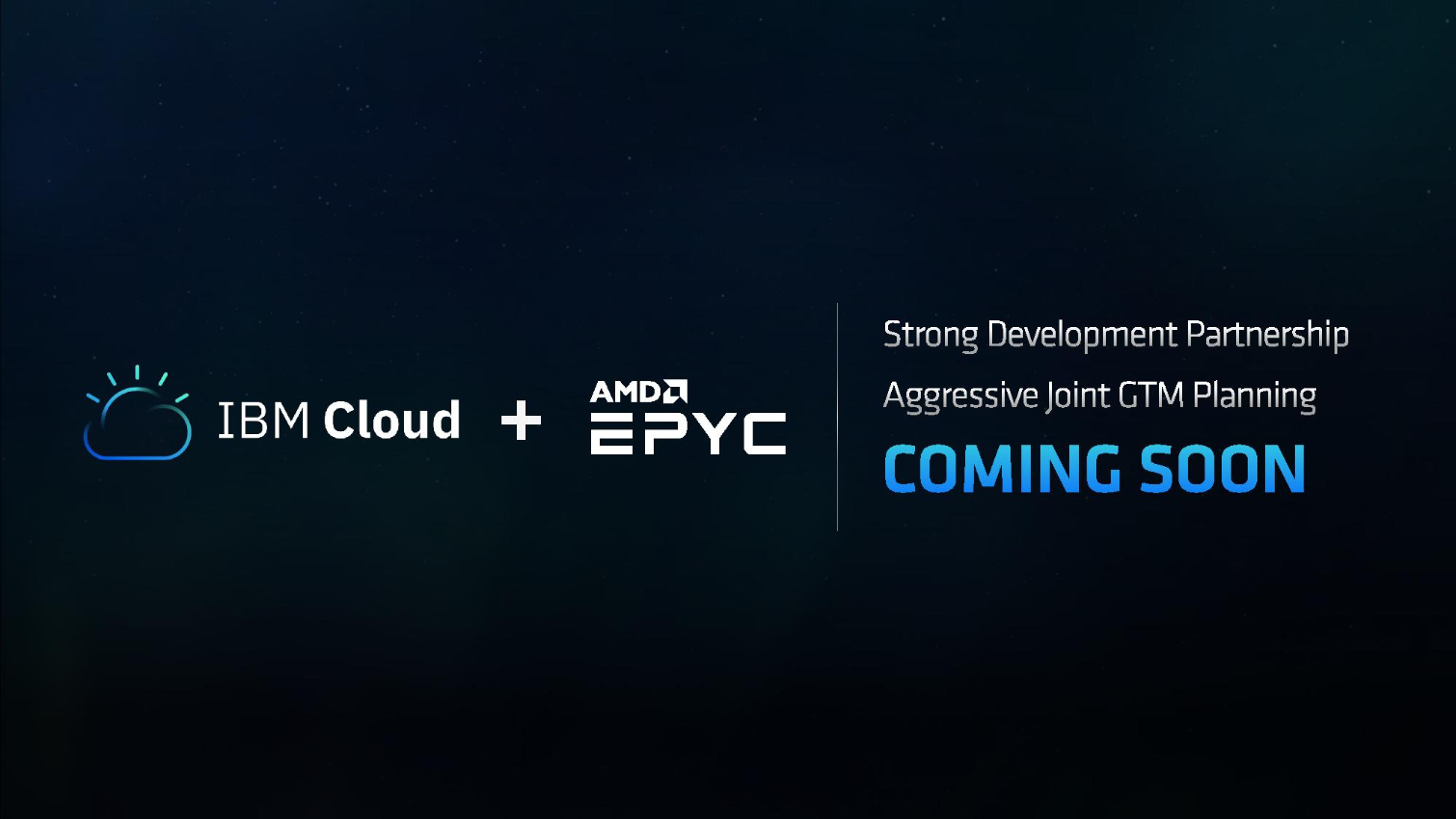
That record joins others posted by AMD's partners (not AMD itself), with the tally now reaching up to 100 world records for AMD's EPYC Rome processors. AMD also touted other solutions, such as systems from Supermicro that leverage EPYC's leading PCIe 4.0 connectivity by supporting a healthy ration of GPUs, and announced initiatives with IBM Cloud, Nokia, and OVHcloud, all of which join an ever-expanding ecosystem of Rome systems. AMD's foundry partner TSMC also made an appearance to discuss the company's close partnership with AMD and its joint R&D initiatives on future products.

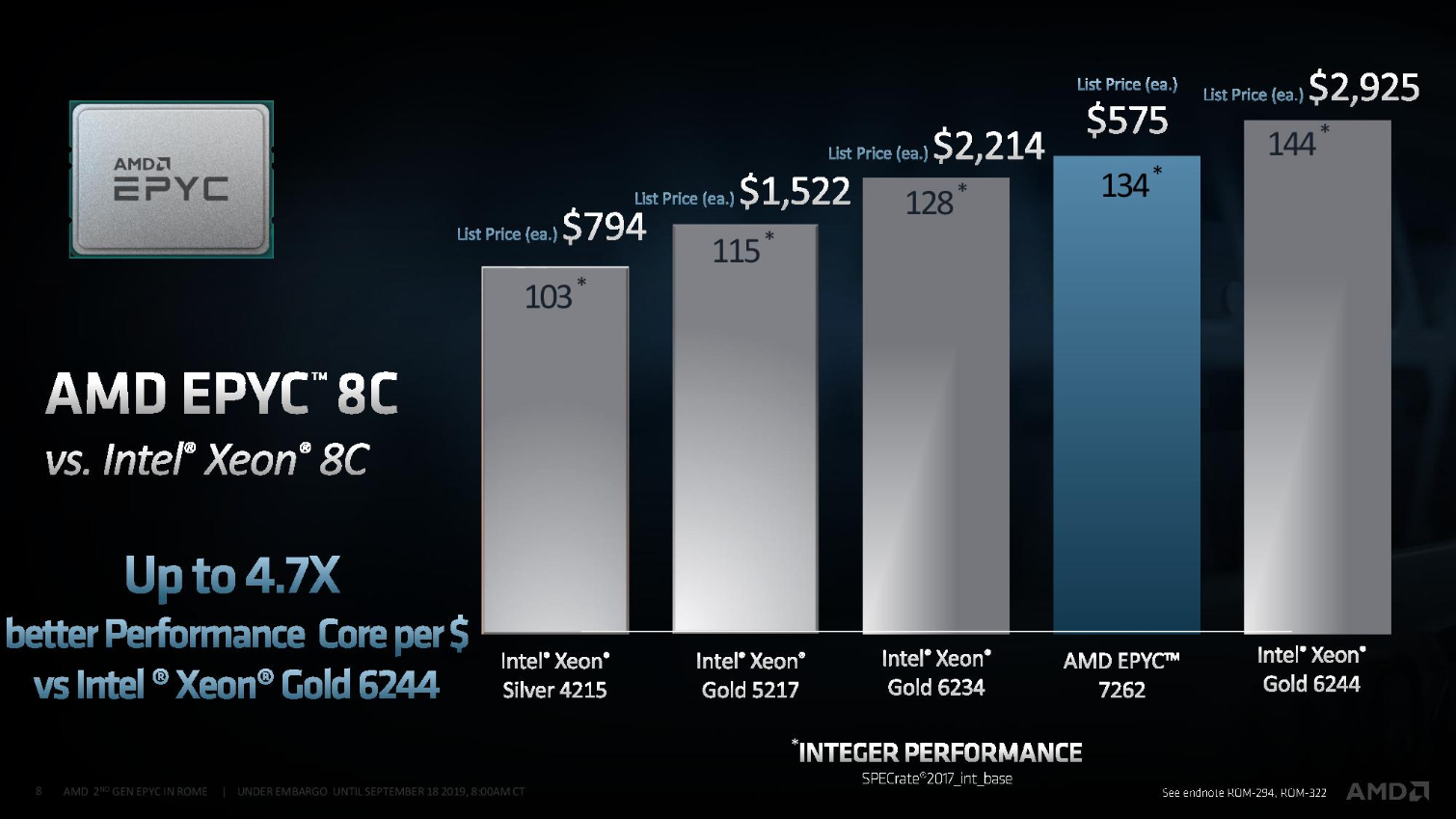
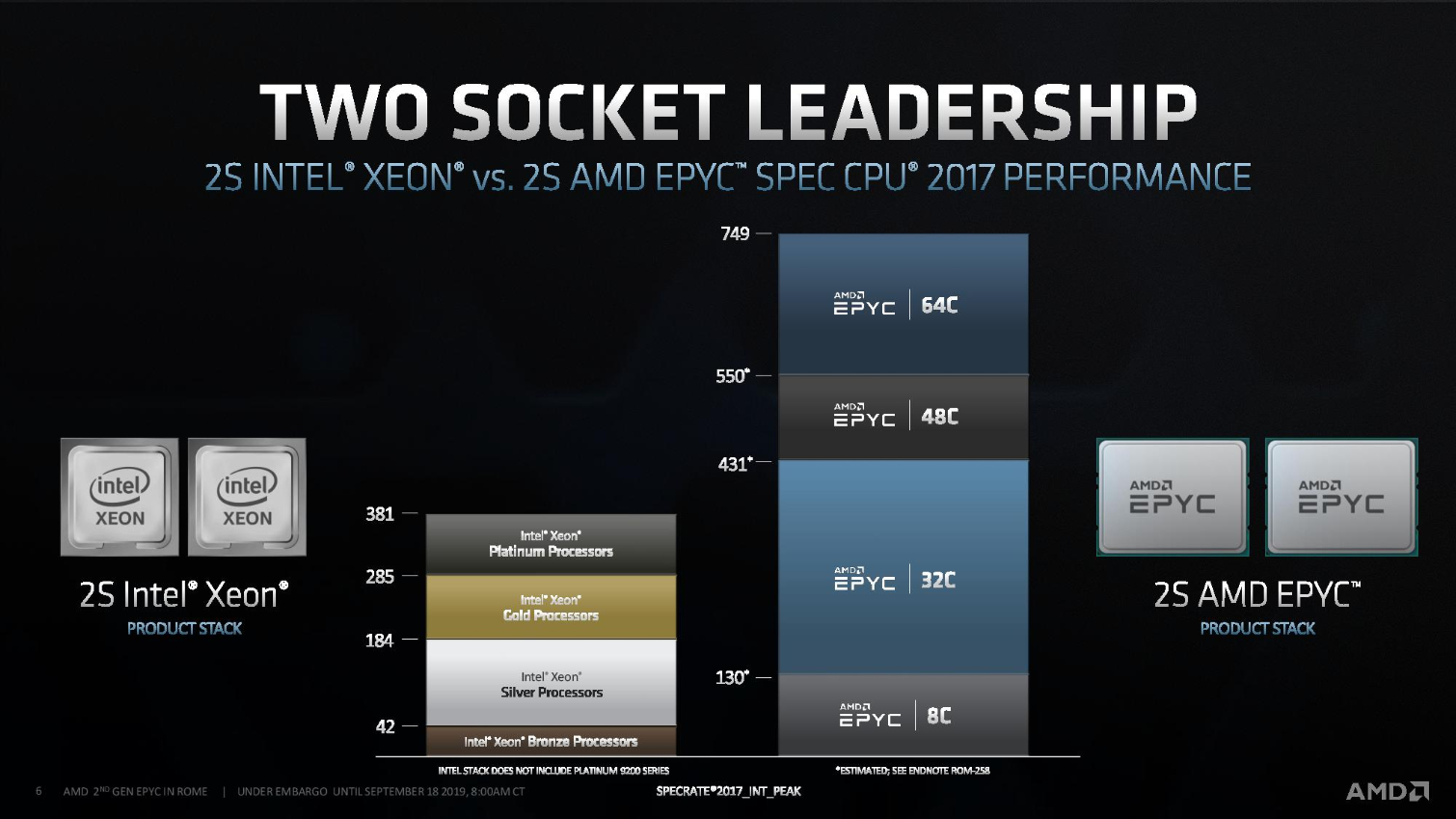
AMD also provided some comparative figures that provide a broad outline of EPYC Rome's value proposition relative to Intel's processors. As with all vendor-provided benchmarks, we should take these figures with a grain of salt, but there is no doubt that the EPYC Rome processors pressure Intel on multiple axes. Whip in broad vendor support with systems that feature enterprise-class support for both the hardware and software, and it's clear that EPYC Rome is emerging as a potent foe to Intel's Xeon lineup.

Paul Alcorn is the Editor-in-Chief for Tom's Hardware US. He also writes news and reviews on CPUs, storage, and enterprise hardware.

